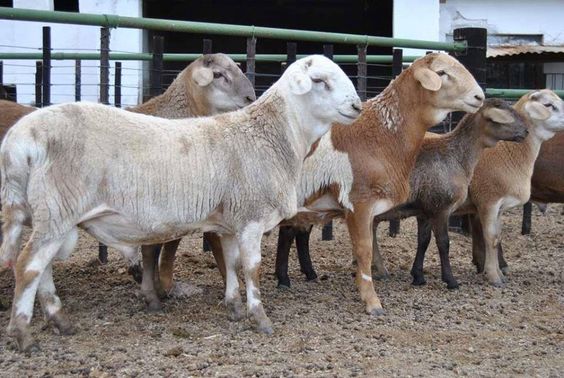Poultry Farming Innovation: A Look at the Future of Chicken, Duck, and Turkey Production
Poultry Farming Innovation, the raising of domesticated birds for meat and eggs, is a cornerstone of global agriculture. To meet the rising demand for protein, this industry is constantly evolving. New technologies and approaches are transforming poultry production, making it more efficient, sustainable, and ethical. This article explores some of the key innovations shaping the future of poultry farming.
Enhancing Bird Welfare
Poultry Farming Innovation,Consumer concerns about animal welfare are driving innovation in poultry farming. Here are some advancements that prioritize bird health and comfort:
- Precision Poultry Farming: This approach leverages data analysis to optimize bird health and welfare. Sensors track factors like temperature, humidity, and air quality within poultry houses, allowing for real-time adjustments to create ideal environments. Additionally, advanced monitoring systems can detect signs of stress or illness in birds, enabling early intervention.
- Improved Housing Design: Poultry houses are being redesigned to provide birds with more natural living conditions. This includes features like perches, nesting boxes, and access to outdoor spaces. Additionally, innovative lighting systems can mimic natural daylight cycles, promoting better bird health and behavior.
- Alternative Broiler Breeds: Traditionally, broiler chickens, raised for meat, have been bred for rapid growth. However, this can lead to health problems. New research focuses on developing slower-growing broiler breeds that are more robust and exhibit natural behaviors.
Automation and Robotics Poultry Farming Innovation
Poultry Farming Innovation,Repetitive tasks in poultry farming are becoming increasingly automated. This not only improves efficiency but also frees up human labor for higher-level tasks:
- Automated Feeding and Watering Systems: These systems ensure a consistent supply of fresh food and water for birds, reducing the risk of contamination and waste. Automated feeders can even adjust feed based on the birds’ age and growth stage.
- Egg Collection Robots: Robots are being developed to navigate poultry houses and collect eggs gently and efficiently. This minimizes damage and reduces the risk of introducing pathogens.
- Cleaning and Sanitation Robots: Robots can handle the tedious and potentially hazardous tasks of cleaning and disinfecting poultry houses. This improves hygiene and reduces the risk of disease outbreaks.
Data-Driven Decision Making
The poultry industry is increasingly reliant on data to optimize operations and ensure bird health. Here’s how big data is playing a role:
- Predictive Analytics: By analyzing historical data on bird health, feed intake, and environmental conditions, farmers can predict potential issues and take preventative measures. This helps to minimize disease outbreaks and improve overall flock health.
- Feed Optimization: Data analysis allows for the creation of customized feed formulations that meet the specific needs of birds at different stages of their growth. This ensures optimal nutrition and reduces feed waste.
- Traceability and Transparency: Implementing blockchain technology can track poultry products from farm to fork. This increases transparency for consumers and helps to ensure food safety.
Sustainable Poultry Farming Innovation
Environmental concerns are a major focus in poultry innovation. Here are some advancements promoting sustainability:
- Reduced Antibiotic Use: New research focuses on alternative methods to prevent and treat poultry diseases, thereby reducing the need for antibiotics. This helps to combat the rise of antibiotic-resistant bacteria.
- Manure Management: Poultry manure can be a source of environmental pollution. Innovative technologies are being developed to convert manure into biofuel or fertilizer, reducing waste and creating valuable resources.
- Vertical Farming: Vertical farming systems offer a way to raise poultry in urban areas or on limited land. These systems are often highly controlled and can reduce the environmental footprint of poultry production.
Challenges and the Road Ahead
Despite the significant advancements, poultry farming innovation faces challenges. Some key hurdles include:
- Cost of Implementation: New technologies can be expensive to adopt, particularly for small-scale farmers. Government support and financial incentives are needed to encourage wider adoption.
- Data Security: As the industry becomes more reliant on data, robust cybersecurity measures are essential to protect sensitive information.
- Consumer Acceptance: New technologies like gene editing in poultry raise ethical concerns among some consumers. Open communication and education are crucial to build trust and acceptance.
Conclusion Poultry Farming Innovation
Poultry Farming Innovation is driven by the need to meet growing demand for protein, improve bird welfare, and ensure environmental sustainability. From precision poultry farming to data-driven decision making, exciting advancements are transforming the industry. As these innovations continue to develop and become more accessible, we can expect to see a future of poultry production that is efficient, ethical, and environmentally responsible.






